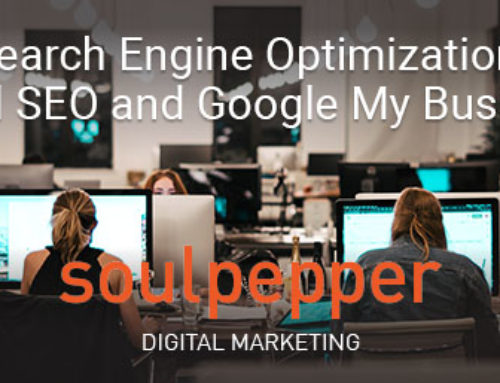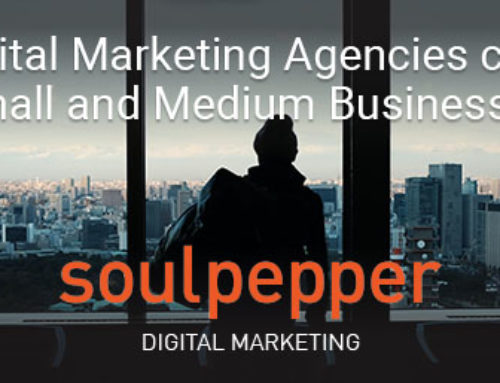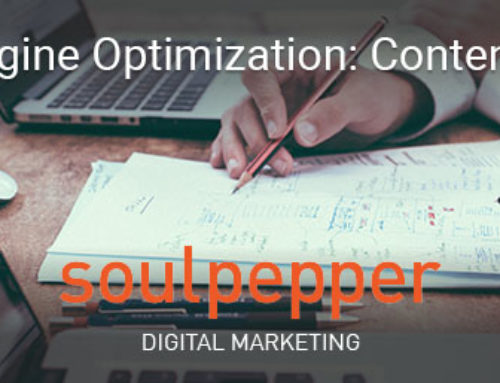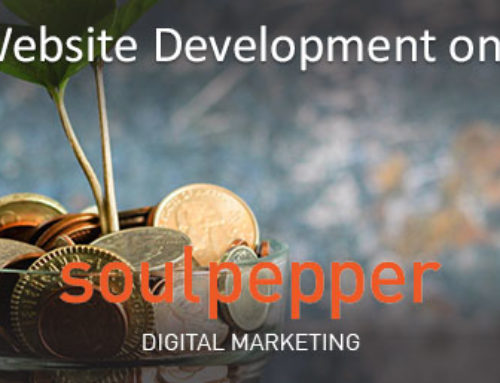We’ve saved the best for last! In this final instalment, Katherine Field shares her top tactics to create a successful email marketing program that will consistently exceed your expectations every time. From catchy subject lines and pre-headers to solid tips on frequency, usability and keeping your content fresh and compelling.
Testing, testing, 1,2,3
Testing your email for a variety of email formats is critical to ensure everyone receives the content and formatting you want them to see. For example, Outlook 2013 is the bane of everyone’s existence, and what started as a beautiful email can look terrible once it reaches your subscriber. Catch this before your potential customers do with some foolproof testing tools. Litmus is one of our favourites.
Subject lines and Pre-Headers
Use good subject lines and pre-headers to draw the reader in. Make them catchy, not spam-y. Not too many exclamation marks!!! Pre-headers should tell the reader what each section is about. Remember that pre-headers might format differently on some platforms so test before sending.
Tell the reader what to do
The most effective emails are built as a series of slices. Every “slice” should contain a different link designed as a clear call to action back to your website. For a better ROI, people need to know what they’re clicking on, why they’re clicking on it, and where it’s going to take them. If your aim is conversions, then your call to action should be conversions. Period. If it’s a newsletter, where you’re trying to get people to engage with content, then you should be telling them to read more about it at the link: come check out the blog, find out more about the initiative here, visit our community page. Tell them what to do. Then sit back and reap the rewards.
Don’t email people who don’t want to be emailed.
When you’re getting people to sign up, make sure that they’re approving it. This might seem obvious, but you’d be surprised how many companies get this wrong. It’s better to have fewer actively engaged subscribers than a huge list that doesn’t care about your incredible product or service.
Give them the opportunity to unsubscribe
Make sure that people can unsubscribe from your emails if they choose to. Then respect their decision. A good clean list that’s growing is always a good sign. If you’ve got too many unsubscribes, then you need to relook at what you’re doing.
How much? How often?
We often get asked about email frequency. It’s tricky to answer as it’s really a question of the customer, product and stock, but generally we recommend at least once per week. Think of your customers as your best friends. You would call your best friends once a week wouldn’t you? If you have time, sort through your data and figure out who opens your emails and makes purchases more frequently. Then talk to those people more often. On the other hand, someone who only opens every fourth email might need to be contacted a little less. They likely will be more into the bigger sales or new releases, so adjust accordingly. It’s really about your particular audience’s tendencies and behaviours, and trying to match them.
Your product influences frequency
Your product will influence how often you send an email. If it’s a high price ticket item, people don’t want to hear about it every day. How often you get new stock in is also relevant because you want the content you’re sending to be as exciting and interesting as possible. If it’s just the same stuff all the time, then it’s not going to be.
Ask your audience what they want
You can also ask your audience what they want. How often would they like to receive emails? How would they like to receive them? Do they use a mobile device? Those questions should be asked when a subscriber signs up for an email or in follow up to their subscription. That way you don’t need to guess, they just tell you.
Tell the same story in many different ways
That’s the best thing about external communications. It’s not like an online shop or a store, where there’s only one narrative. With email marketing you can push out the same content in a number of different ways. This makes it always appear fresh and new. Take apparel for example. It may start as ‘new arrivals’ but you can then shift it to be a ‘party outfit’ and after that a ‘customer favourite’. It’s all about telling a story around your product.
People don’t read to the bottom of the email
There are also lots of little things you can do around layout and the order in which you put content on a page. Half of the time people don’t read to the bottom of the email, so put the most important items above the fold.
Constantly improve the usability of your email
Think of all the different ways your audience might view an email. What if they go to read it and the content just doesn’t show up? So you need to make sure your alternate text is as descriptive as it can be. Or if they’re reading emails with a reader for the visually impaired, then you need to ensure you have alternate text that can be read. Meta data is important because you’ve got a lot of people reading emails that simply pop up as plain text. All of these little things take time, but they allow you to make sure you’re not losing anyone through the gaps.
Invest in the right tools
Make sure your tools have the right testing capabilities. For example, we find click maps really helpful to see what people are engaging with inside of each email. Imagine being able to look at your content and notice that everyone clicks on the second banner down, but never the first one. What does that tell you? Maybe you don’t have a clear action on the first banner and they don’t know what they should be doing. Look at your data and figure out what it’s telling you. Or find someone to figure it out for you. Like us for example.
– – –
Written by Rik Klingle-Watt
About the author
Rik Klingle-Watt is a soulpepper and the writer of Not Business as Usual, an award-winning documentary about disrupting the business quo.
soulpepper is a digital marketing agency on a mission. We help companies that are up to something good, increase leads, attract more customers and drive more dollars to their bottom line. Check out our newsletter for more great ideas on how to build your ecommerce empire.







Leave A Comment